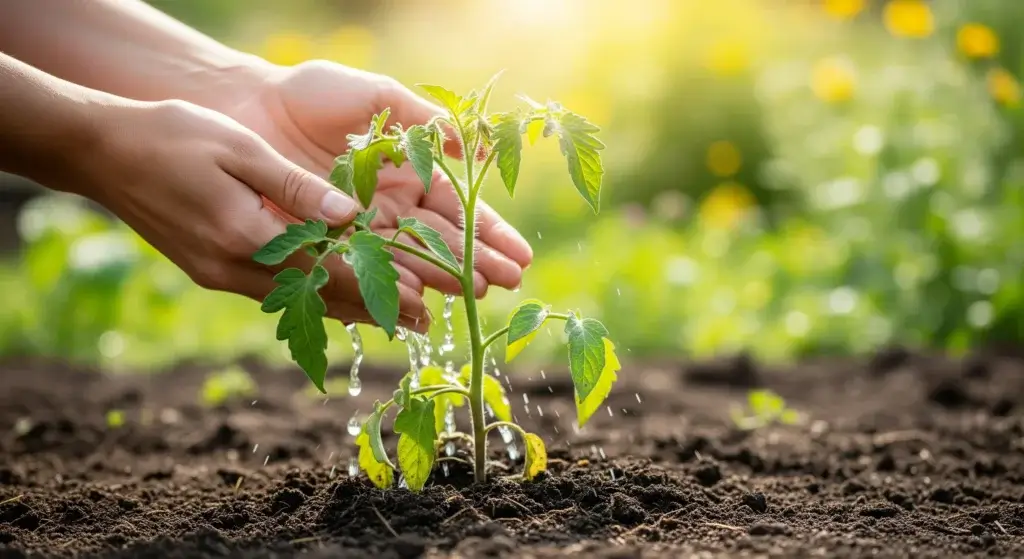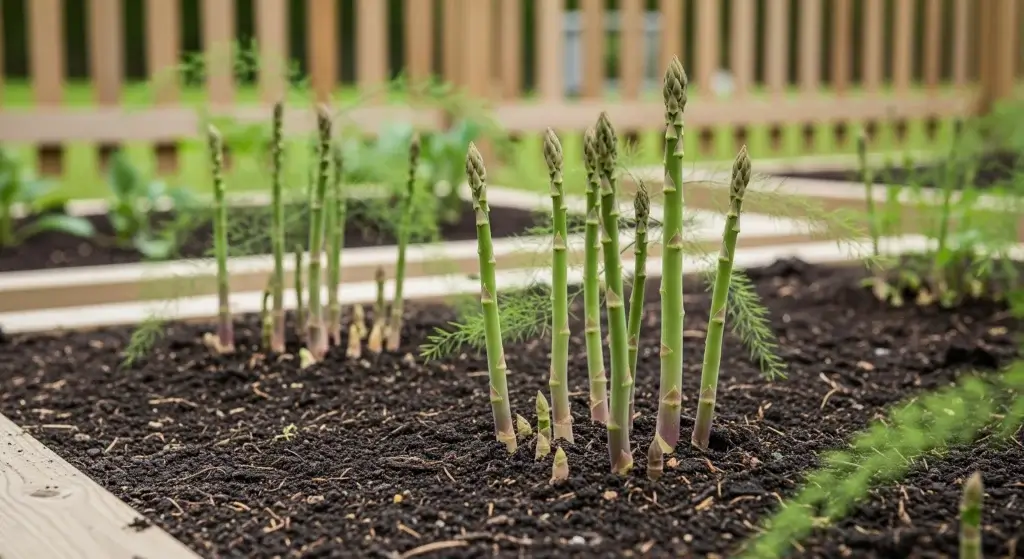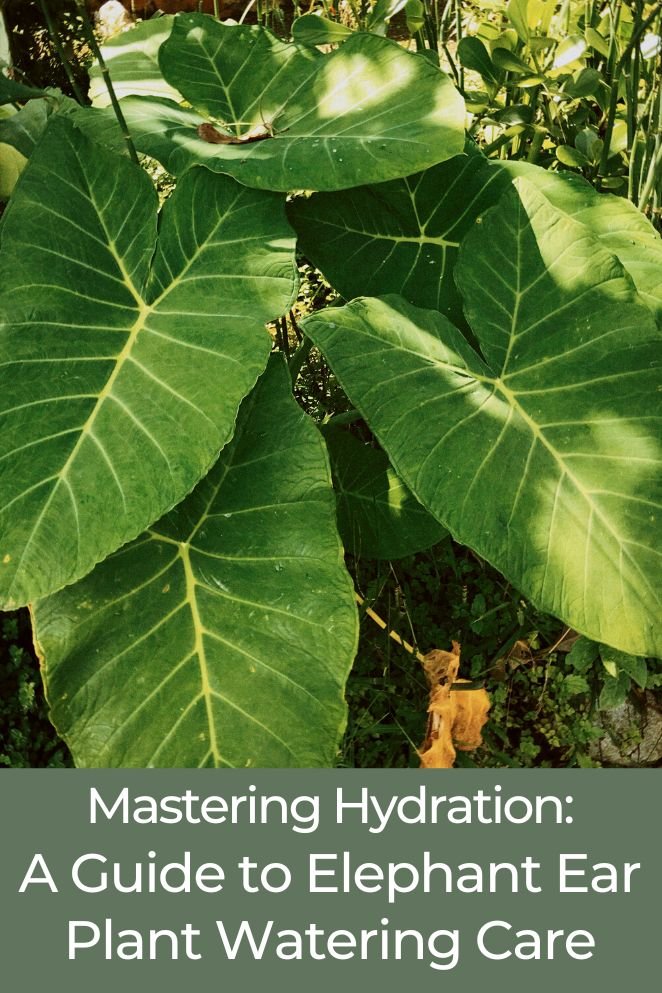
Cultivated for their impressive, oversized leaves, elephant ear plants have become popular choices for indoor greenery.
Maintaining their well-being hinges significantly on proper watering practices.
To ensure optimal care, it is essential to comprehend the specific watering requirements tailored to different elephant ear species, adapt to seasonal shifts, and remain attentive to the plant’s indications of hydration.
In this article, we will delve into expert advice from various sources to guide you on effectively watering your elephant ear plant.
Know Your Plant
First things first, understand that not all elephant ears are created equal. Different species have varying water needs.
Here’s a quick breakdown:
- Read also: Succulents Watering Tips
- Read also: Mint Plant Watering for Explosive Growth
Alocasia
Alocasia prefers consistently moist soil but not overly saturated. It’s advisable to let the top inch of soil dry before initiating the next watering cycle.
Caladium
Caladium thrives in evenly moist soil but dislikes having wet feet.
To achieve this, allow the top 2-3 inches of soil to dry before considering the next watering session.
Xanthosoma
Xanthosoma can withstand slightly drier conditions compared to other elephant ear varieties.
To maintain optimal conditions, it’s recommended to allow the top 3-4 inches of soil to dry before introducing more water.

Consider the impact of Seasons
Elephant ears, much like humans, adapt their water consumption based on the changing seasons.
Understanding these seasonal adjustments is crucial for providing optimal care to your plant.
Summer
During the scorching summer months, elephant ears require more frequent watering.
The large leaves of these plants serve as natural coolers, and keeping them hydrated becomes essential.
Be attentive to the soil moisture levels, as the heat can quickly lead to drying.
Adjust your watering routine to meet the increased demands of your elephant ear plant during this period.
Winter
As temperatures cool down, the water needs of elephant ears decrease.
In cooler weather, it’s essential to scale back on watering frequency.
Overly moist soil in colder conditions can create an unfavorable environment for the plant.
By recognizing and responding to these seasonal shifts, you ensure that your elephant ear receives the appropriate amount of water, promoting its well-being throughout the changing seasons.
Reading the Signs
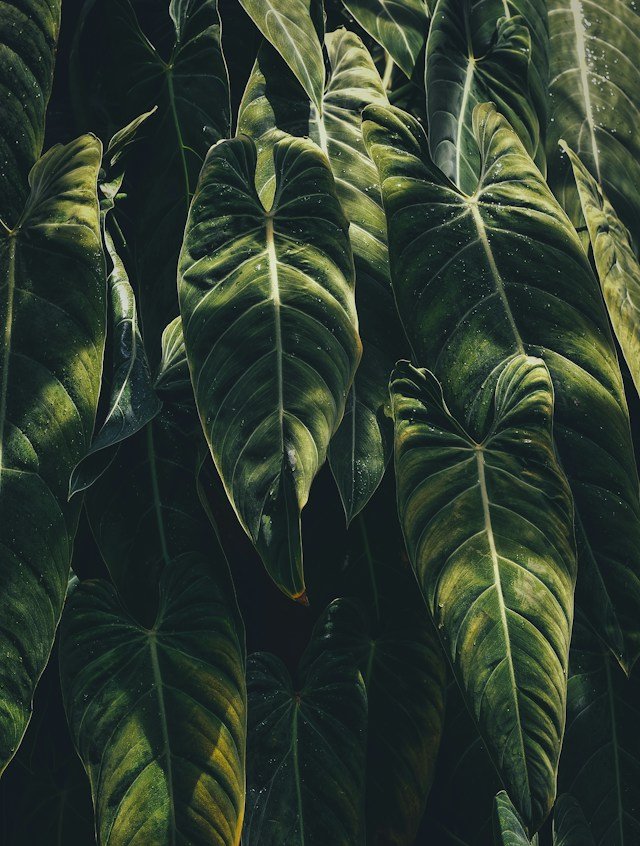
Paying attention to certain visual cues can provide valuable insights into when it’s time to give your elephant ear plant a drink.
Here are some signs to observe and interpret:
Drooping leaves
Classic drooping leaves indicate insufficient water.
The leaves lose their rigidity and become limp, signaling the need for a good drink.
Ensure you adjust your watering routine promptly when you notice this sign.
Leaf curling
- Inward curling: Typically signifies underwatering. The leaves curl inward as a response to water scarcity.
- Outward curling: This can sometimes indicate overwatering. Assess soil conditions and root health for additional clues to identify the cause accurately.
Yellowing leaves
Yellowing leaves can result from both underwatering and overwatering.
Investigate further by checking the soil moisture and root condition.
Dry soil might indicate underwatering, while soggy roots could suggest overwatering.
Brown, crispy leaf edges
Brown and crispy edges on the leaves often indicate a need for more water or increased humidity.
Ensure your plant is getting adequate moisture to prevent the edges from drying out.
How to Water Your Elephant Ear Plant?
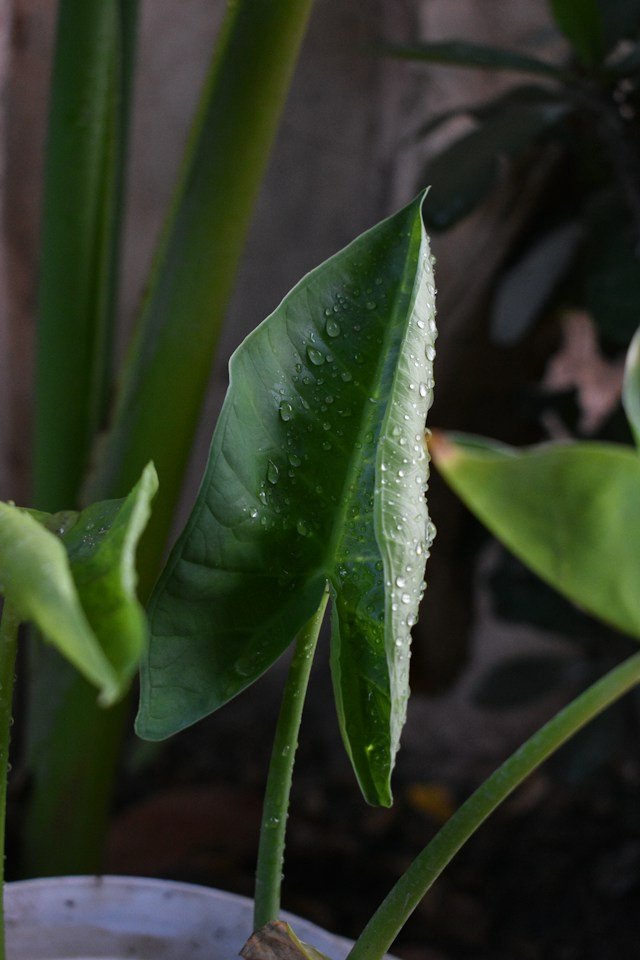
Ensuring proper watering is fundamental for the well-being of your elephant ear plant.
Here are detailed tips to guide you in this essential aspect of plant care:
Check the soil
Before watering, assess the soil moisture by feeling the top layer (approximately 2 inches).
It should be dry to the touch, indicating a need for water.
If the soil is still wet, refrain from watering to avoid overhydration, which may lead to root rot.
Watering methods
There are several ways to water your elephant ear plant, including:
- Over soil: Pour water directly onto the soil surface, ensuring even distribution. Be cautious not to create waterlogged conditions, especially for species that dislike wet feet.
- Water bath: Place the pot in a container with water, allowing the soil to absorb moisture from the bottom. This method ensures thorough hydration without overwatering.
- Bottom watering: Lift the pot slightly and pour water into the saucer beneath it. This allows the plant to draw water upward as needed, preventing waterlogging.
Frequency
The size of the pot influences the frequency of watering.
Elephant ear plants in smaller pots may require daily watering, while those in larger pots can be watered every few days.
Tailor your schedule to your plant’s specific pot size and needs.
Adjust for season
Summer
In the hot summer months, elephant ear plants need more frequent watering to maintain hydration, especially with their large leaves aiding in cooling.
Monitor the soil closely during this period.
Winter
As cooler weather sets in, reduce watering frequency.
The plant’s water needs decrease during colder months, helping prevent issues associated with overly moist soil.
- Read also: Unveiling the Secret of Corn Plant Watering
- Read also: The Ultimate Aloe Plant Watering Care Guide
Conclusion
Cultivating healthy elephant ear plants as indoor adornments necessitates adept watering practices.
To ensure their thriving existence, it’s imperative to grasp the distinct requirements of your plant, accommodate seasonal fluctuations, and keenly observe signs indicating its need for hydration.
Adhering to these watering guidelines facilitates the sustained well-being and enduring charm of your elephant ear plant, transforming your living space with a tropical allure.
FAQs:
The frequency of watering your elephant ear plant depends on various factors, including the species and the size of your plant.
Yes, you can use a watering can to water your elephant ear plant, but make sure not to water too much and ensure the soil dries out between waterings.
Signs of overwatering include yellowing leaves, drooping leaves, and leaf curling.
Signs of underwatering include drooping leaves, leaf curling, and yellowing leaves.
If your tap water contains a high proportion of fluorine, chlorine, or salts, it’s recommended to use rainwater or lake water instead.

